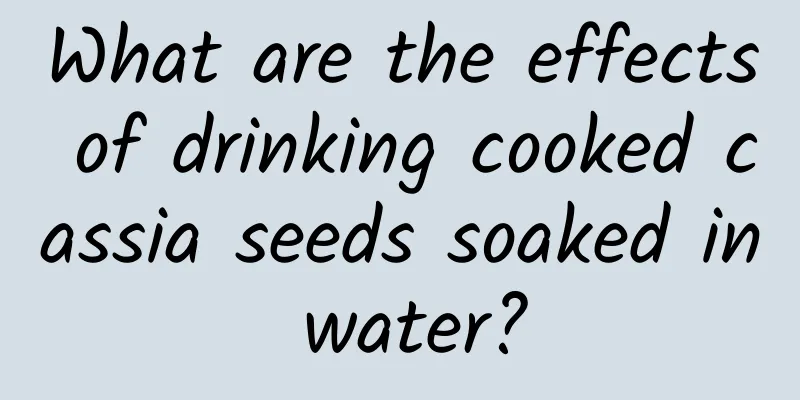The efficacy and function of Artemisia rotten mud

|
Many people choose Artemisia annua because of its high-value pharmacological effects, but be careful not to eat it casually, otherwise it will have some bad effects on the body. We need to understand it before eating it. Are you ready? [Source] Medicinal material source: the whole herb of Primula serrulate, a plant of the Primulaceae family. [Original form] Perennial herb. The whole plant is glabrous and not pollinated. The rhizome is short and thick, and sends out a cluster of lateral roots, usually more than 10. The basal leaves are thick, clustered, and membranous; the petiole is about 1-2 cm long, with broad wings on both sides; the leaves are oblong to elliptic-obovate, 6-12 cm long, 1.8-5 cm wide, rounded at the apex, gradually narrowing at the base, extending down to the petiole, and with small gnaw-like triangular teeth on the edges. The pedicels are 1-2 in each and emerge from the leaf clusters, 12-25 cm high, sometimes up to 45 cm; the terminal umbel is 5-10 flowers, sometimes a second whorl of inflorescence appears; the bracts are linear-lanceolate, 3-10 mm long; the pedicels are 8-20 mm long, slightly bent downward when flowering, erect when fruiting, up to 3 cm long; the calyx is bell-shaped, 4-7 mm long, with obvious 5 ribs, split to 1/3-1/2 of the total length, the lobes are ovate-triangular or narrowly triangular; the corolla is yellow, with a diameter of 1.8-2.5 cm, the lobes are broadly ovate or nearly oblate, entire or with a concave notch at the apex, usually with an orange-yellow wide band from base to apex; long-styled flowers: the corolla tube is 8-10 mm long, gradually widening from base to top, the stamens are slightly lower than the middle of the corolla tube, and the style is as long as the annular appendage at the throat; short-styled flowers: the corolla tube is narrower, and suddenly widens at the throat where the stamens are attached; the style is about 2.5 mm long. Capsule ovoid, about as long as calyx. The flowering period is June and the fruiting period is September. [Habitat distribution] Ecological environment: Growing in alpine grasslands at an altitude of 2600-4000m. 【Nature and flavor】 Spicy; slightly warm 【Functions and indications】Promote blood circulation and relieve pain. Mainly for swelling and pain caused by trauma [Usage and Dosage] For oral administration: appropriate amount, soaked in wine. For external use: take appropriate amount and mash fresh product for application. 【Excerpt】 Chinese Materia Medica Through the introduction of the above content, we can understand that the traditional Chinese medicine Artemisia annua plays a very important role in many aspects. Proper consumption of Artemisia selengensis has many benefits for our body. |
<<: The efficacy and function of the three guns
>>: The efficacy and function of olive plum juice
Recommend
He failed the teacher qualification examination many times, but he created a miracle by rewriting the high school biology textbook
He was born in poverty and lived in poverty for h...
Did Bai Juyi also suffer from depression? Is it the same as what we are talking about today?
Therefore, the verses written on the river bridge...
New progress in DNA digital storage technology →
With the explosive growth of digital data product...
What is the medicinal value of epimedium?
Epimedium has many medicinal values. For example,...
How to dry Gastrodia elata?
In our country, due to the vast land and abundant...
Are raw eggs more nutritious? Can eggs be eaten if the yolk turns green when boiled? Rumors about eggs are cleared up!
gossip Eggs are the best choice for protein suppl...
The efficacy and function of Aspleniaceae
Regarding Asplenium viviparum, I think some peopl...
What do animals do when the weather gets cold? They have some unique ways to survive the winter!
In the cold winter, people often shiver with cold...
The efficacy and function of loofah
Medicines are very common in our life. Different ...
The efficacy and function of rock shanzhi
Yanshanzhi is a famous traditional commonly used ...
The efficacy and function of chestnut
With the development of society and the close int...
High sugar and high fat content? Understand these 5 things to eat mooncakes safely!
Tuchong Creative In the cool and refreshing days ...
Amazon: Business blossomed in 4Q17, North American e-commerce and AWS drove revenue and profit growth
Amazon announced its fourth quarter and full-year...
World Book Day丨I know you’ve read history books, but what about “shitty books”?
Produced by: Science Popularization China Author:...









